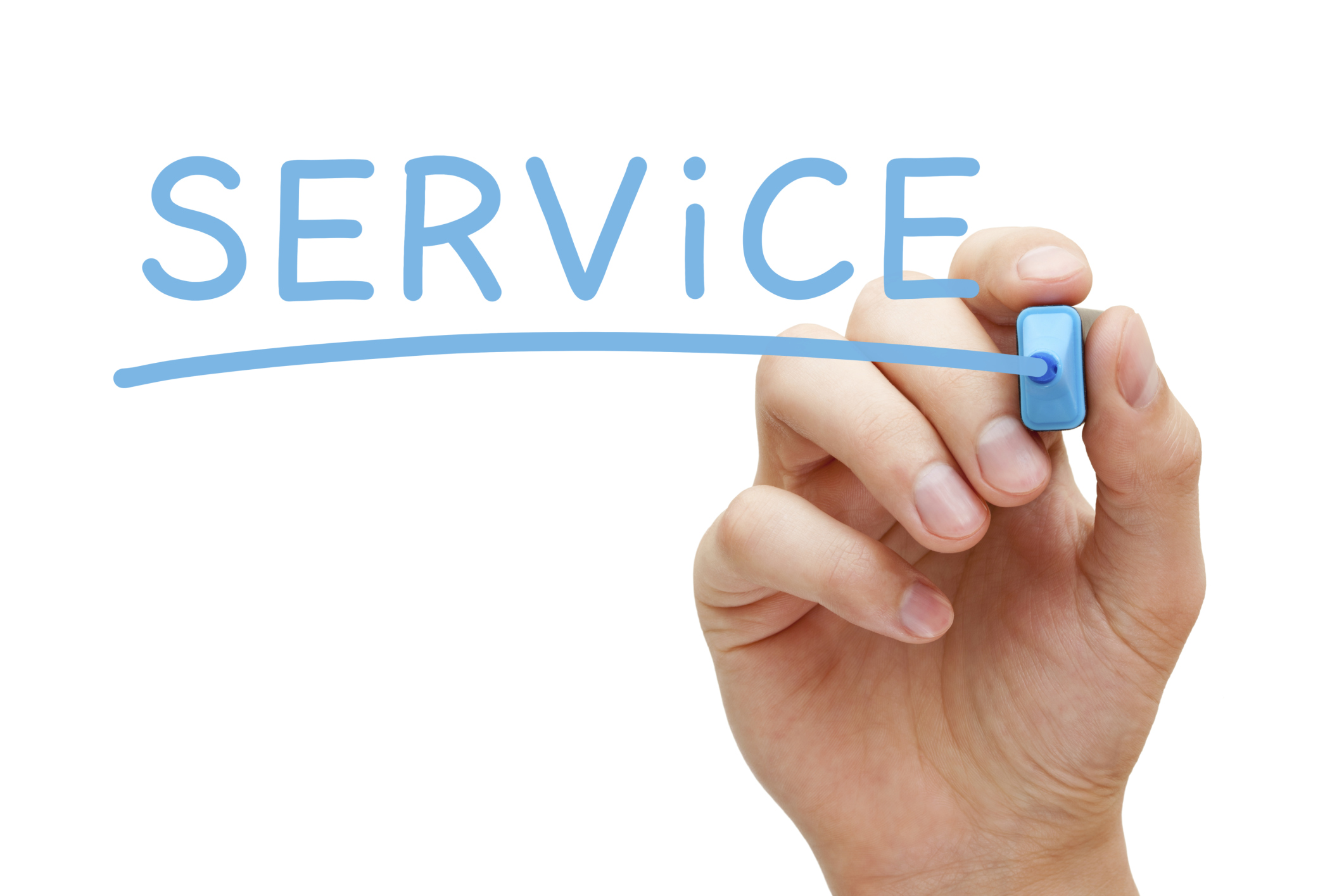
Since the federal deregulation of the transportation industry in the late 1970’s, LTL transportation has morphed from a heavily unionized group of carriers operating in a largely non-competitive environment into a high tech, cost-effective and service-oriented transportation industry.
Today, national, regional, and inter-modal providers are in constant competition with each other for a share of the $30 billion plus market. Leaders of this pack rely heavily on anticipating the needs of customers who are savvier than ever before.
LTL carriers have made tremendous strides in technology and service through state-of-the-art website functionality, instant electronic dispatch, paperless tender and billing, and real-time verification of status through to delivery. Many carriers are now also offering apps for smart phones and tablets so customers can stay in touch anytime, anywhere.
In addition to pushing the boundaries of service with abilities to cover more distance per day than ever, LTL carriers now offer flexible, value-added options that appeal to a new generation of shippers.
Here are a few examples:
- Guaranteed Service: For a nominal fee, shippers can have the money-back assurance that the carrier will meet published service expectations.
- Time-Definite Service: Many carriers are now offering service options that work around your schedule with customized transportation services that adhere specifically to customer’s requirements.
- Sealed Trailer Space: Shippers can now reserve exclusive trailer space where goods can be packed in various configurations and walled off from remaining trailer space, protecting the shipment from other freight, excessive handling, loss or damage through to final delivery.
- Carrier Shipping Units: Many carriers now offer pre-fabricated shipping containers for easy shipping of mixed commodities, personal effects, even entire households. Containers range from small folding crates to full size storage containers that are loaded and unloaded at customer-specified locations.
These, as well as many other industry-specific service offerings have allowed LTL carriers to maximize market share, giving shippers numerous options for service and cost that are not available with full truckload, air, or other surface modes of transportation.
